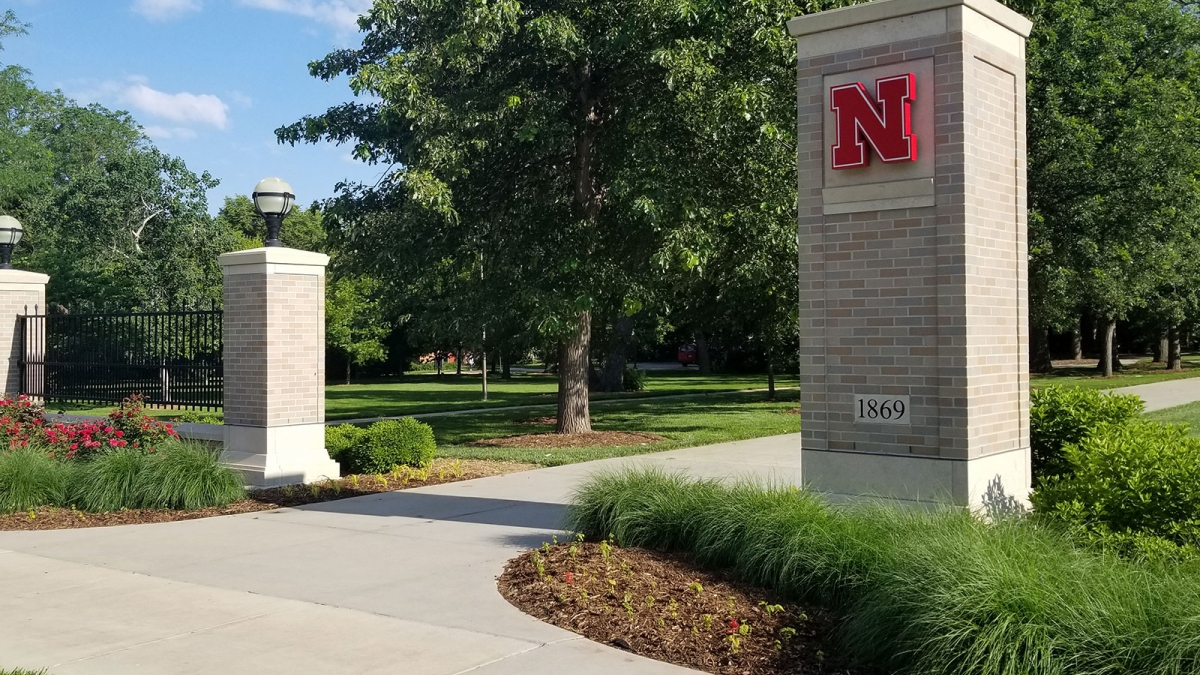
June 3, 2013
LINCOLN, Neb. — For homeowners and others interested in rain gardens, a new University of Nebraska-Lincoln Extension interactive online publication can provide the answers.
The publication offers information about the benefits of rain gardens and how to choose the right size and site for a garden. It has many features, including instructive videos, slideshows and interactive charts, covering many aspects of rain gardens.
Steve Rodie, extension landscape horticulture specialist, was a co-author of the circular.
"Rain gardens can be a beneficial addition to home landscapes," Rodie said." To be most valuable they need to be designed and built correctly."
A rain garden is a garden positioned so that it can collect rainwater and runoff from houses, preventing that water from reaching storm drains. Rain gardens also filter out pollutants from rainwater and their ability to capture water enhances soil moisture and reduces runoff volumes.
Information is included about how to measure the slope of a hill, the area of a roof and the rate that the soil absorbs water. These factors are important to consider when building a rain garden.
"The publication will really help people understand how to design a garden successfully," Rodie said. "Rain gardens provide an opportunity to help conserve water. The captured water can also enhance garden plant health and potentially reduce the need to irrigate plants."
The publication can be found at: http://www.ianrpubs.unl.edu/epublic/live/ec1262/build/ec1262.pdf.